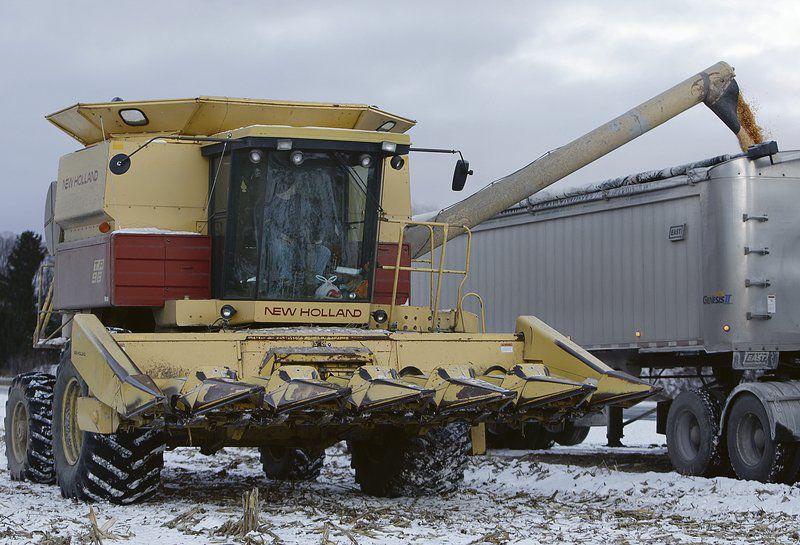 The Agriculture Improvement Act of 2018, also known as the farm bill, was passed last week with bipartisan support in both chambers of Congress.
The Agriculture Improvement Act of 2018, also known as the farm bill, was passed last week with bipartisan support in both chambers of Congress.
Estimated by the Congressional Budget Office at $867 billion, the bill will expand measures of protection for farmers against historically low commodity prices while also implementing a repayment system to address what lawmakers called the failures of a previous dairy protection program.
Dairy farmers who paid premiums into the Margin Protection Program (MPP) between 2014 and 2017 will be eligible for either a 50 percent refund or a 75 percent credit toward a new dairy insurance program, according to a media release from the office of Sen. Kirsten Gillibrand, D-N.Y., who secured the funding in an amendment to the bill.
Ninety-eight percent of Delaware County dairy farmers bought into the MPP when enrollment began in 2015, according to Mariane Kiraly, a senior resource educator with Cornell Cooperative Extension.
The farm bill established a new program called Dairy Margin Coverage (DMC), which Kiraly said will “help level the playing field” for smaller farms.
Farmers with multi-year policies will be eligible for discounts through the DMC, which will also reduce overall premium rates from the previous program. The program will also expand the insurable margin from the previous $8 maximum to $9.50.
The bill also establishes a number of safety net programs for dairy farmers previously left in the lurch by insufficient coverage, Kiraly said, including a Livestock Gross Margin program and a Dairy Revenue Protection program, both of which will be available to farmers already utilizing the DMC.
Kiraly attributed the failures of the MPP to the program’s inability to account for regional differences in grain prices, which are factored into the formula used to calculate margins between milk prices and feed costs.
Purchased feed is the largest expense for most dairy farmers in the Northeast, Kiraly said, and farmers lost out when margins fell outside the coverage range of the MPP.
According to the USDA’s Risk Management Agency, milk production covered under the Dairy Revenue Protection program will be indexed to the state or region where the dairy producer is located, resulting in a more-customized insurance policy.
The Supplemental Nutrition Assistance Program, which accounts for 75 percent of the bill’s spending, will not sustain cuts under the final version of the bill, nor will it establish work requirements for eligibility, as was initially proposed by House Republicans in an earlier draft.
An estimated 40 million low-income Americans currently receive food stamp benefits, according to the CBO. If the proposed work requirements were included, that number was estimated to drop by 1.5 million.
A new milk donation program will adjust the market value of donated milk, which is currently categorized as “other use,” according to Steve Ammerman, public affairs manager of the New York Farm Bureau.
The bill will allow for producers, processors and co-ops to jointly propose a plan to the USDA to compensate the difference between “other use” and fluid milk to eliminate the disincentive to donate to food banks and other feeding organizations.
The bill will maintain the existing structure of farm subsidies, which are disbursed when average revenue and crop prices fall below a certain level, and will expand the parameters of farmers’ family members who qualify for subsidies to include first cousins, nieces and nephews, even if they don’t physically live on a farm.
A study by the Government Accountability Office in May found that nearly 25 percent of subsidy recipients in 2015 did not provide personal labor on a farm.
Permanent funding has been established through the bill for programs Congress had previously funded on a temporary basis, including promotional funds for farmers markets, research funds for organic farming initiatives and $50 million for the Farming Opportunities and Outreach program, which supports veterans, women and people of color in the industry, as well as organizations training young farmers.
Source: The Daily Star









